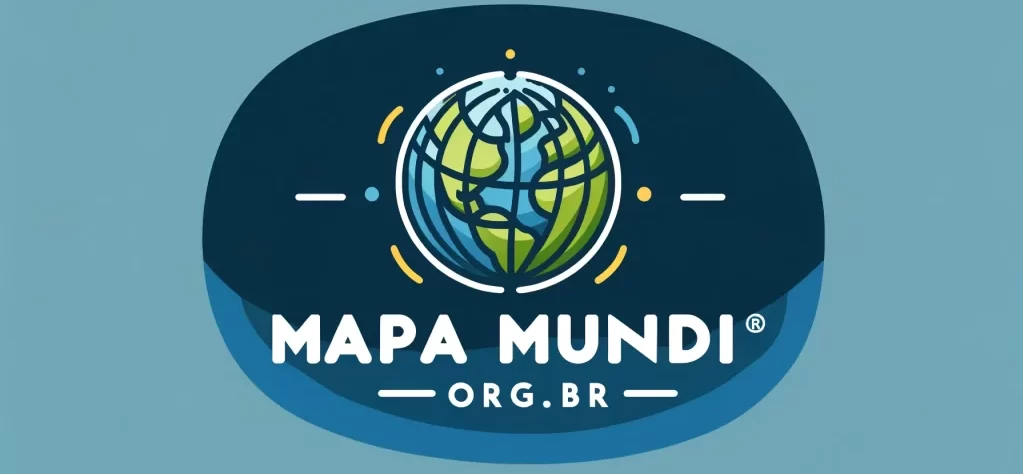
The war between Russia and Ukraine has already passed the six-month mark and, it seems, It's still a long time until I find peace. This is because military advances are increasingly entrenched, remembering the slow movements that took place in World War II. The alternative for a possible more abrupt end to the conflict would be in the possible use of atomic weapons.
So far it does not seem likely that Russia will use atomic weapons.. However, the existence of this possibility alone should open our eyes to some of the more structural issues of the current world.: what is the accumulated destruction potential in the world? How can we control both this potential and the use itself??
Atomic weapons are classified within a larger group called Weapons of Mass Destruction., that also include radiological weapons, chemicals, biological and others capable of impacting a large number of people at once.
If today we are talking about the possible use of atomic weapons, we cannot be silent about all other weapons waiting for a conflict with potential use to arrive and then we are tense in the expectation of possible use.
The first time the world agreed on the need to control the type of weapons acceptable in a war was in 1925, with the launch of the Geneva Protocol that aimed to ban the use of chemical and biological weapons. A few other agreements have been concluded since then, but three of them are worth mentioning:
- Convention for the Prohibition of Development, Production and Stock of Bacteriological and Toxic Weapons, also known as the Biological Weapons Convention (1972): the deal is on hold, although there is agreement on the need to strengthen the Convention. Signatory States do not reach an agreement on how to implement it., in addition to the lack of an institutional structure or even a secretariat that can make the discussions move forward. Like this, the result is that there is no body responsible for verifying compliance with what is foreseen, opening space for accusations without effectively having a more neutral institution capable of addressing the issue. [for more information about the Convention, see in https://www.gov.br/defesa/pt-br/assuntos/relacoes-internacionais/foruns-internacionais-1/tratados-e-regimes#:~:text=seus%20cinco%20protocolos.-,Conven%C3%A7%C3%A3o%20para%20a%20Proibi%C3%A7%C3%A3o%20de%20Armas%20Biol%C3%B3gicas%20e%20Tox%C3%ADnicas%20e%20sua%20Destrui%C3%A7%C3%A3o%C2%A0,-A%20Conven%C3%A7%C3%A3o%20para)
- Chemical Weapons Convention (1992): lays down the rules to abolish the production and use of chemical weapons. It is an important advance in relation to the Convention of 1925 because there it was forbidden to use, but not the manufacturing. This agreement is more impactful to the extent that there is effectively an effort to control what was foreseen. In the Brazilian case, the Ministry of Science and Technology is responsible for monitoring and sending information about production facilities, consumers, processors, importers and exporters of chemical products provided for in the Convention. This information is regularly sent to the Organization for the Prohibition of Chemical Weapons..
The Chemical Weapons Convention proves to be more effective than the Biological Weapons Convention precisely because of its institutional capacity, that is, by the existence of an international organization capable of monitoring compliance with what has been agreed on the basis of established protocols. As with atomic weapons, it is essential that the other weapons of mass destruction also gain relevance in international agendas. It is necessary to increase the participation of international agents in this discussion, under the risk of its use occurring so much without us getting elements to combat, as well as accusations without international substantiation that could lead to increased tensions in latent and existing conflicts.
